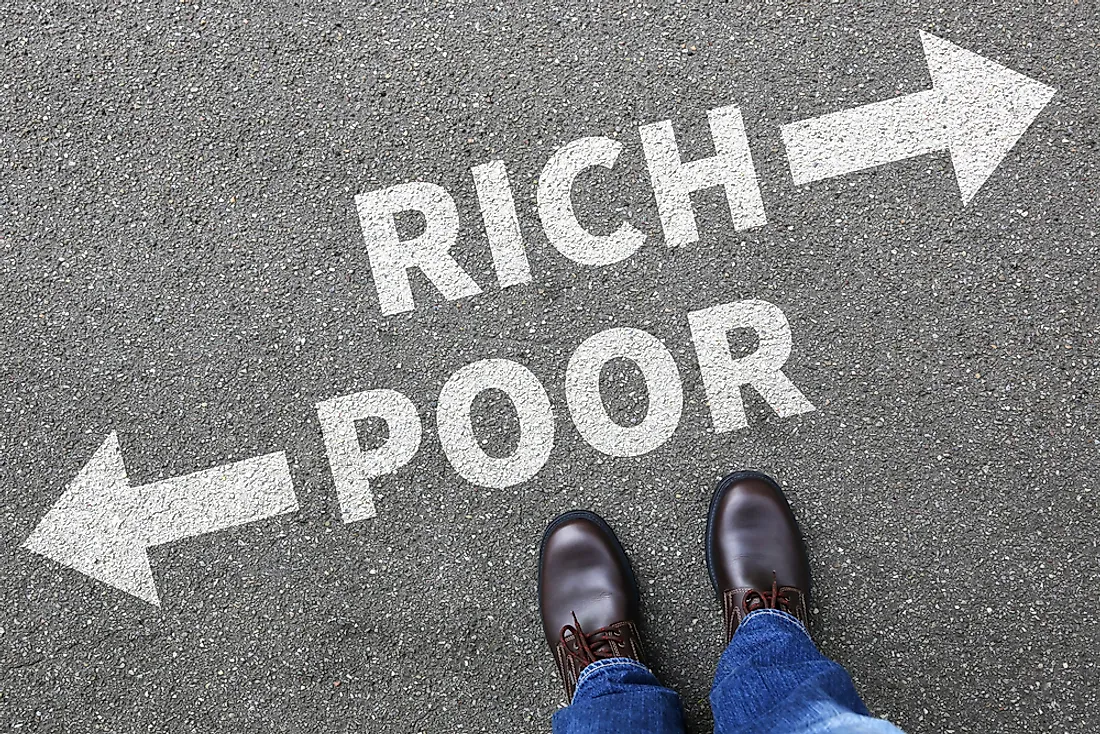What Is The Poverty Line?

The poverty line is the minimal amount of money an individual can live on in a specific country over a particular period. A method used by economists to arrive at the poverty line involves calculating the cost of the resources an average human requires each year. The international poverty line or poverty threshold is estimated by the World Bank at $1.90 per day based on what the amount could purchase in the United States, as of 2011. According to the definition, approximately 10% of the global population lives below the international poverty line.
History
The idea of a poverty line was introduced by the London School Board but was popularized in the early 20th century by Charles Booth, a respected poverty investigator from London. Booth established London’s poverty line as the minimum amount that a family of four residing in London could live on, and according to Booth’s definition, London’s poverty line ranged between 50 pence and 1 pound.
Basic Needs And The Poverty Line
The notion of basic needs was introduced in 1976 during the World Employment Conference, organized by the International Labor Organization. Basic needs and the lack thereof was introduced as a way of establishing the level of absolute poverty in the developing world. There are three basic needs, with the absence of any one of them translating to an individual falling below the poverty line. These basic needs are food, shelter, and clothing. However, many scholars were vocal in the criticism of this basic needs approach, terming it as simplistic and overlooking other underlying factors. David Gordon, a renowned 20th-century scholar, wrote a paper titled “Indicators of Poverty and Hunger,” to the UN in which he outlined eight main indicators of absolute poverty. These indicators are the provision of clean water whereby the source should be 15 minutes away, proper nutrition so that an individual’s body mass index should be at least 16. Availability of sanitation services, easy access to information in the form of print and electronic media, access to proper healthcare, basic education, and access to shelter defined as homes that do not have dirt or clay floors. Gordon also included access to services as another indicator, albeit one that he failed to elaborate further. Modern scholars believe this pointer encapsulates access to financial and legal services.
Application
The poverty line is not universally applied, as governments around the world have their distinct criteria used to calculate the poverty line applicable in their respective countries. The United States, for example, has the poverty line for people living by themselves set at $11,770 in annual income. This amount represents affluence in several developing economies. The poverty line in the United States applies throughout the country, with variables such as urbanization and population density, and individual factors such as age and marital status, being ignored. In contrast, India has two official poverty lines a rural-based poverty line and another set for urban regions. The poverty line set for rural regions of the country is monthly spending of $7.50 per household, while that of India’s urban area is set at the monthly spending of $12 per household.











